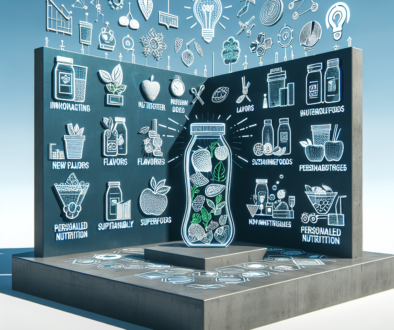Clinical And Pathological Characteristics Of Alport Syndrome In Children In Southwestern China
Keywords
Alport Syndrome, Type Iv Collagen, Indirect Immunofluorescence, Kidney Tissue, Skin Tissue
Abstract
Objective: To analyze the clinical and pathological characteristics of Alport syndrome (AS) in children in southwest China. Methods: We retrospectively analyzed the case data of 20 children with AS in southwest China, used indirect immunofluorescence method to detect the expression of type IV collagen ¦Á chain in the kidneys and skin tissues of the children, and compared the clinical and clinical outcomes of children with AS with different clinical phenotypes. pathological characteristics. Results: In this group of children, hematuria combined with proteinuria was the most common first symptom. Children with isolated proteinuria as the first symptom had higher 24-hour urinary protein levels than those with hematuria and proteinuria (H=11.959, P=0.003). Children with proteinuria have more uremic patients in their families (6/16) than those with hematuria (1/4). Light microscopy pathological changes are more common with mild to moderate mesangial proliferative glomerulonephritis (70.00%). There is no statistical difference in the distribution of pathological types among AS children with different clinical phenotypes (¦Ö2=4.149, P=0.900), 60.00 % of AS patients had foamy interstitial cells, and their urine protein levels were significantly higher than those without interstitial foamy changes (T=-2.083, P=0.039). Analysis of renal ¦Á5 (type IV) chain immunofluorescence results showed that 15 cases (75.00%) were X-linked dominant inherited Alportsyndrome (XLAS), and the remaining 5 cases could not be determined based on the absence of ¦Á5 (type IV) chain. its genetic type. Two children underwent skin basement membrane ¦Á5 (type IV) chain testing at the same time, and the results were consistent with kidney testing. Conclusion: Hematuria combined with proteinuria is the most common first symptom of AS in children in southwest China, and the main inheritance pattern is XLAS (75.00%). There is no statistical difference in the distribution of pathological types among AS children with different clinical phenotypes, but the more severe the proteinuria, the more severe the foamy changes in the renal tubulointerstitium. Skin biopsy diagnosis of XLAS is consistent with kidney test results and can replace kidney biopsy when necessary, which is of great significance for family investigation, carrier screening and genetic counseling.
For further information of this article and research, feel free to contact our team for asssitance.
Original research was done by Qiu Guixia, Wang Mo, Li Qiu, Tang Xuemei, Wu Daoqi, Shi Jisheng
About ETChem
ETChem, a reputable Chinese Collagen factory manufacturer and supplier, is renowned for producing, stocking, exporting, and delivering the highest quality collagens. They include marine collagen, fish collagen, bovine collagen, chicken collagen, type I collagen, type II collagen and type III collagen etc. Their offerings, characterized by a neutral taste, and instant solubility attributes, cater to a diverse range of industries. They serve nutraceutical, pharmaceutical, cosmeceutical, veterinary, as well as food and beverage finished product distributors, traders, and manufacturers across Europe, USA, Canada, Australia, Thailand, Japan, Korea, Brazil, and Chile, among others.
ETChem specialization includes exporting and delivering tailor-made collagen powder and finished collagen nutritional supplements. Their extensive product range covers sectors like Food and Beverage, Sports Nutrition, Weight Management, Dietary Supplements, Health and Wellness Products, ensuring comprehensive solutions to meet all your protein needs.
As a trusted company by leading global food and beverage brands and Fortune 500 companies, ETChem reinforces China’s reputation in the global arena. For more information or to sample their products, please contact them and email karen(at)et-chem.com today.



